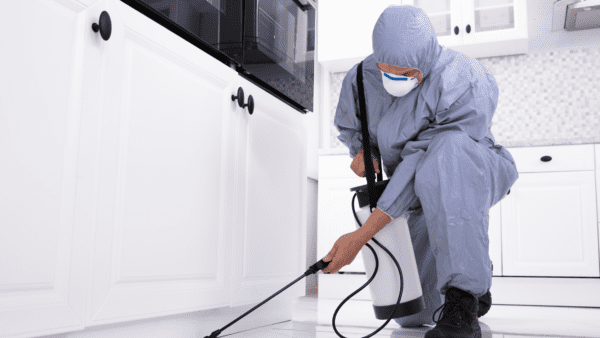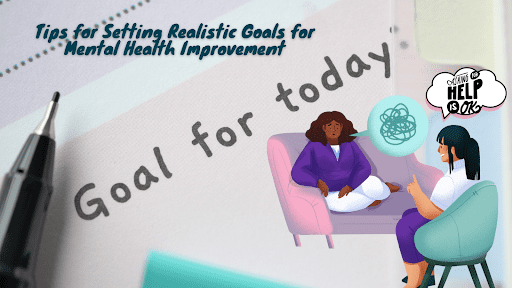Comprehensive Guide to Pest Control

As your business returns to normal operations keeping your premises hygienic is more crucial than ever. A pest can damage your reputation and profits and pose a health risk for customers and employees.
Get Rid of Clutter
Getting rid of clutter can be one of the most effective ways to prevent pests. Clutter is a known food source for rodents, ants, and other pests, so it’s essential to get rid of any clutter in your home or office that could attract these unwanted guests. Consider removing anything you don’t use, such as old clothes or towels.
Keeping your home clean and dry can also help to control pests, including rodents, ants, and cockroaches. You can do this by taking steps to remove sources of food and water, cleaning up crumbs and spills, and washing your dishes regularly.
Keep Your Home Clean and Dry
Pests like to live in dirty, damp places where they can find food and shelter. Ensure your home and other buildings in your complex are clean and dry, especially basements and attics. This can help reduce the need for pest control measures.
When a pest invades, learn as much as possible about it. This will help you decide whether you need to take action. Identifying the pest can also help you decide which pest control in Inverness FL is best. Control strategies include prevention – keeping the pest from becoming a problem; suppression – reducing pest numbers to an acceptable level; and eradication – destroying the pest population.
Avoid using foggers, bombs, or other illegal pesticides. These can cause harm to people, pets, and other creatures.
Remove Sources of Food and Water
Whether the pest you want to control is a rodent, insect, or plant, you must remove their food, water, and shelter. This may include removing their nests or cutting down overhanging branches. Water sources are essential to most pests, and eliminating them can drastically reduce the number of pests in an area.
In outdoor pest control like mosquito pest control, eradication is a rare goal, usually prevention and suppression. Certain pests in indoor areas, like food processing and eating establishments, cannot be tolerated, even in low numbers, because they carry diseases or contaminate products.
Before you decide to take action against a pest, learn more about its life cycle and biology. This will help you decide if preventive or nonchemical methods are possible. There are also cultural practices to discourage pests, like good sanitation, weeding and mulching, and growing competitive plants that repel them. Then there are physical methods to deter them, such as traps, barriers, and sprays. Biological controls such as predators, parasites, and pathogens can be adequate too.
Look for Signs of Infestation
If pest infestations go unaddressed, they can lead to adverse health implications for humans, damage property, and pose severe structural risks. As such, everyone needs to know the common signs that indicate a pest infestation and take action accordingly.
For example, if you notice that your clothing is being destroyed rapidly by moths or carpet beetles, it’s time to call for pest control services. These insects can destroy clothes you want to keep or pass down to other family members.
Other signs of a pest problem include rodent droppings and gnaw marks on walls or other surfaces. Rodents can chew through drywall, electrical wires, and wood. You can also spot rodent nests in dark voids under cluttered storage areas or behind ceiling panels. Other physical damage caused by pests includes spoiled food, which leads to financial losses for business owners and their customers.








